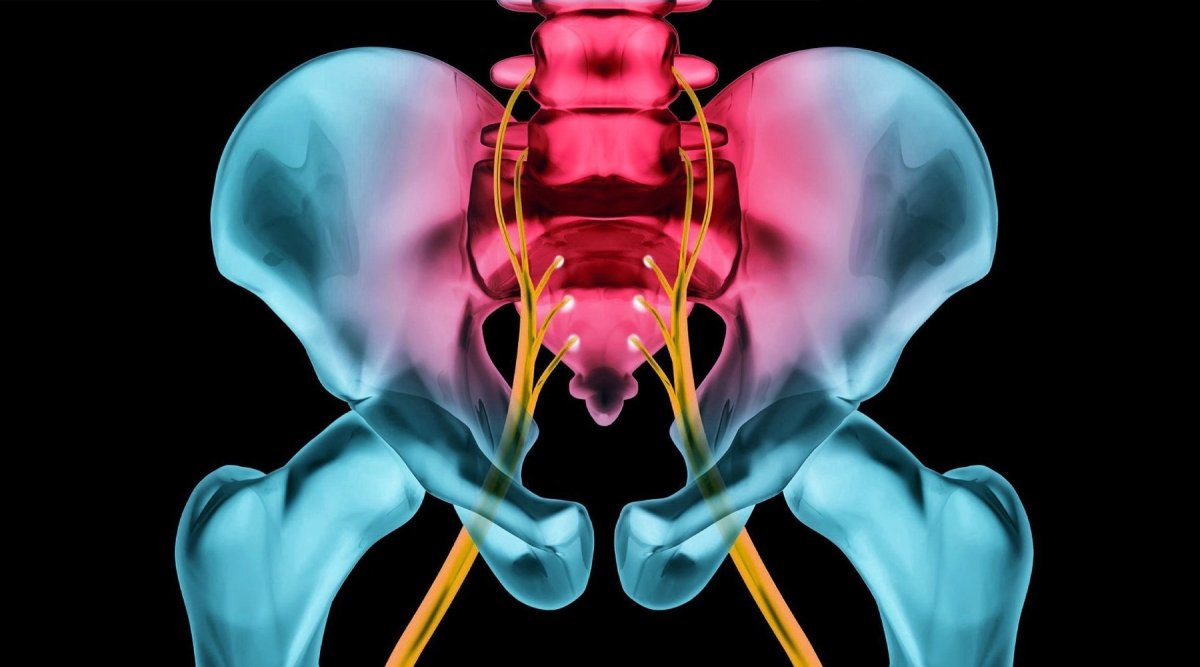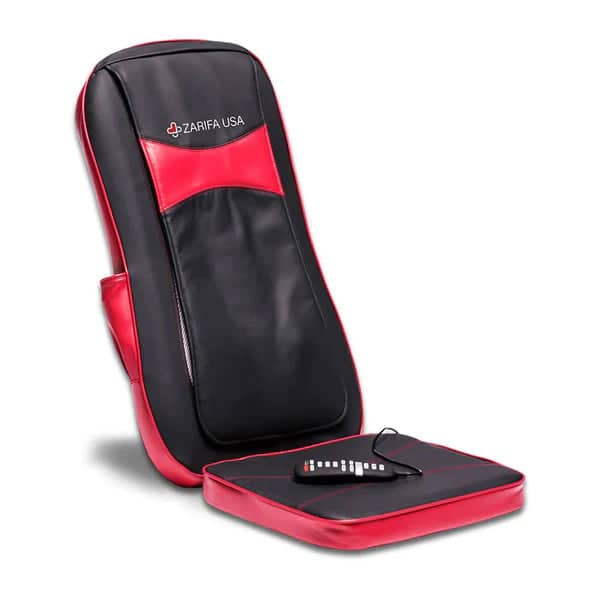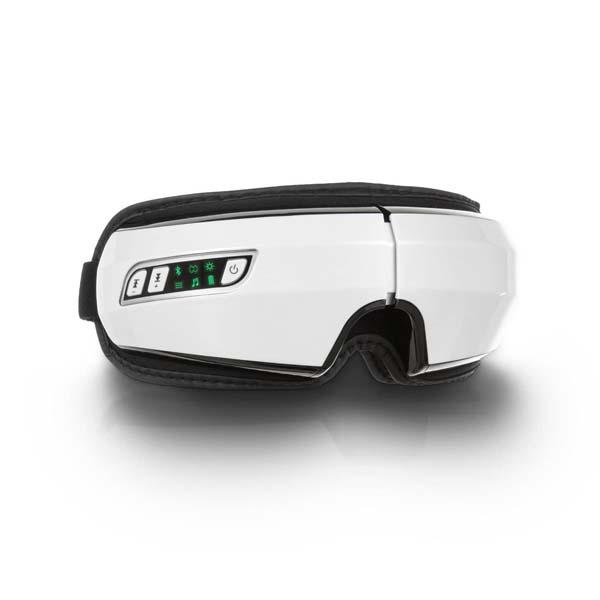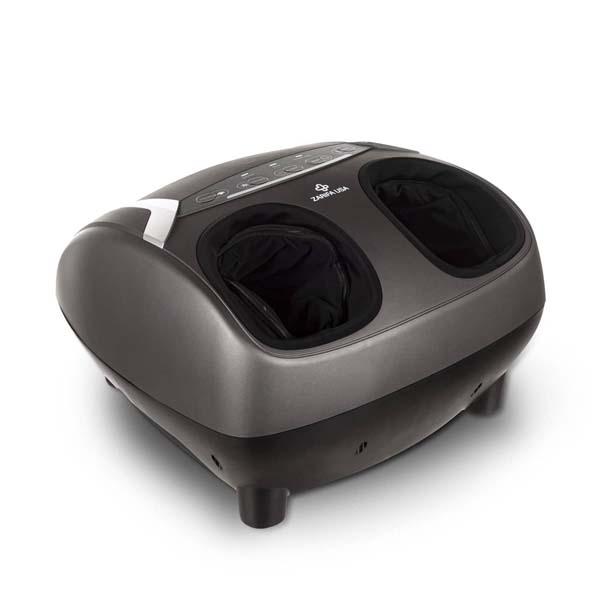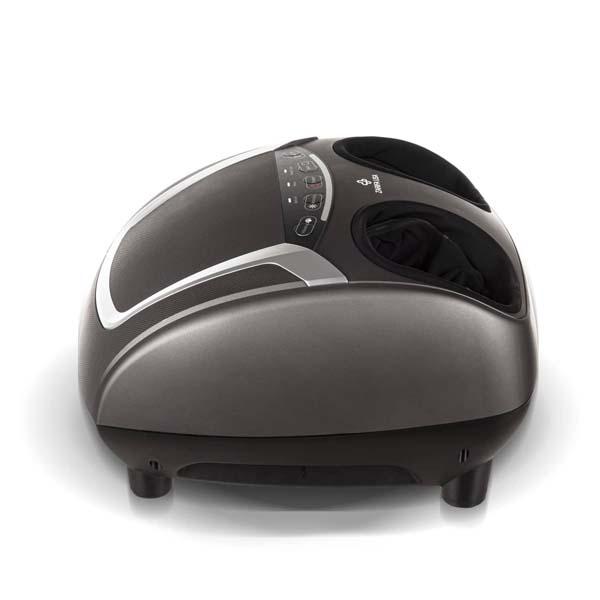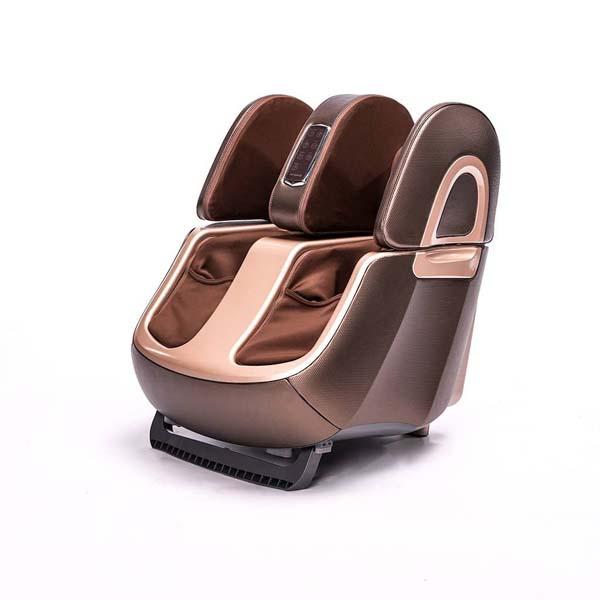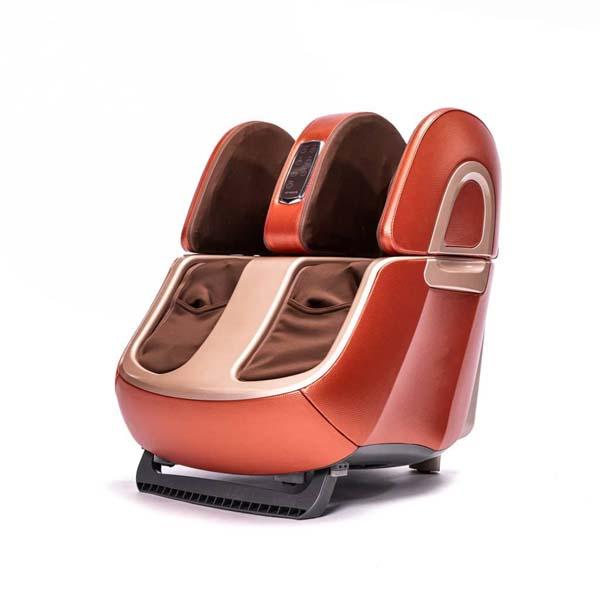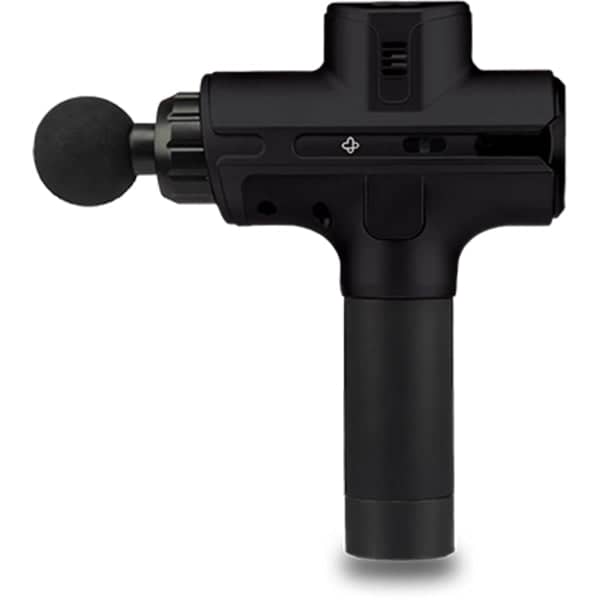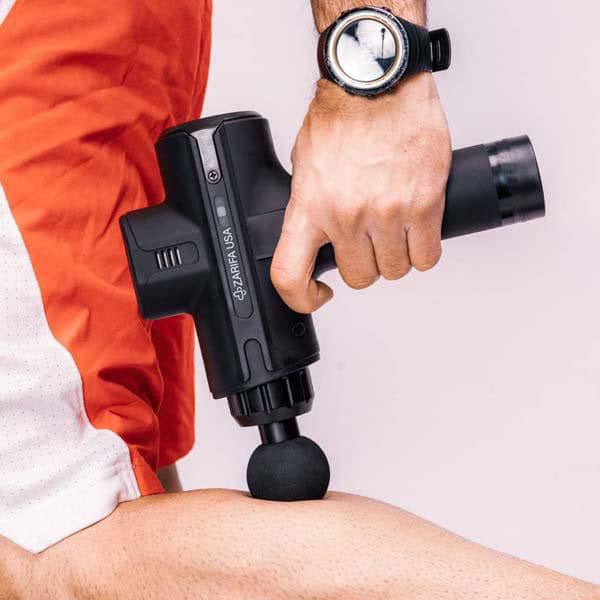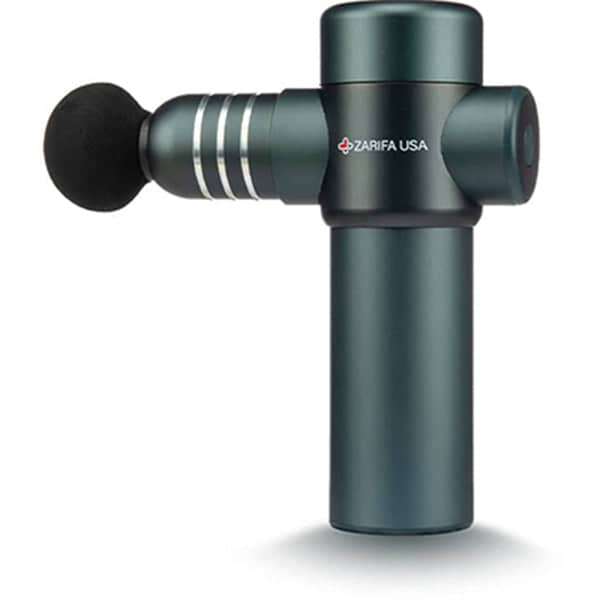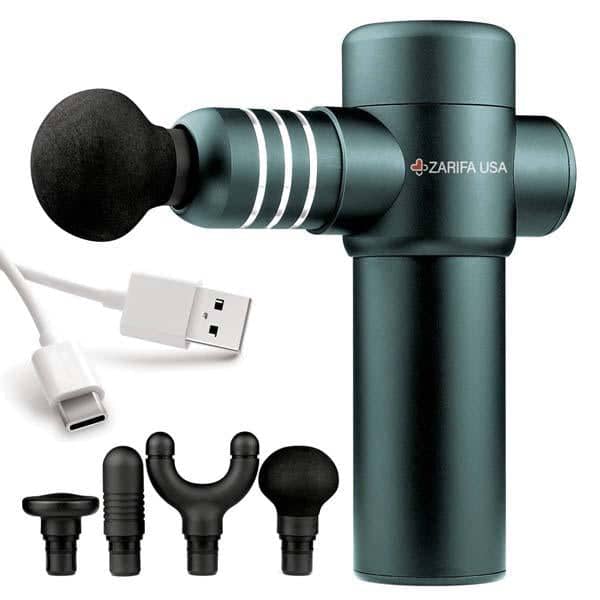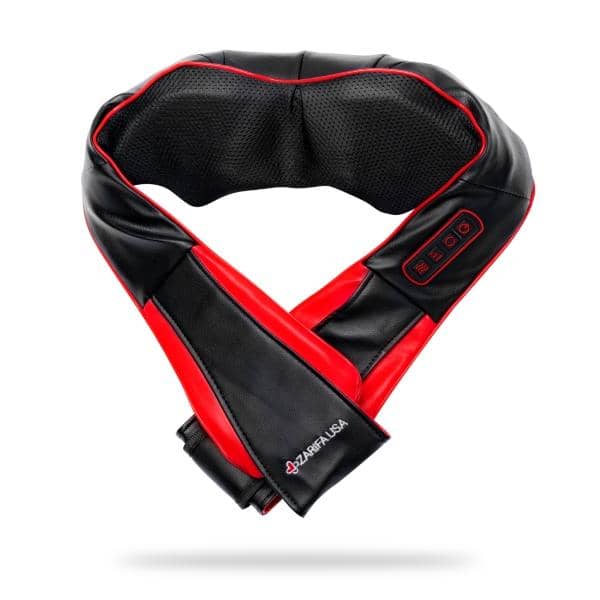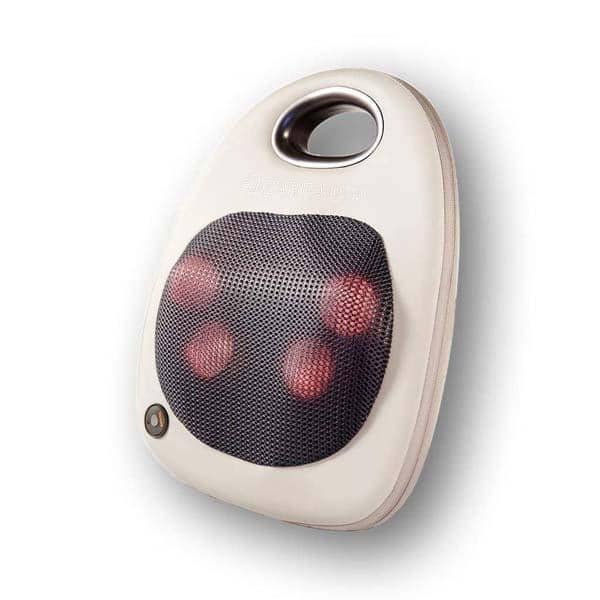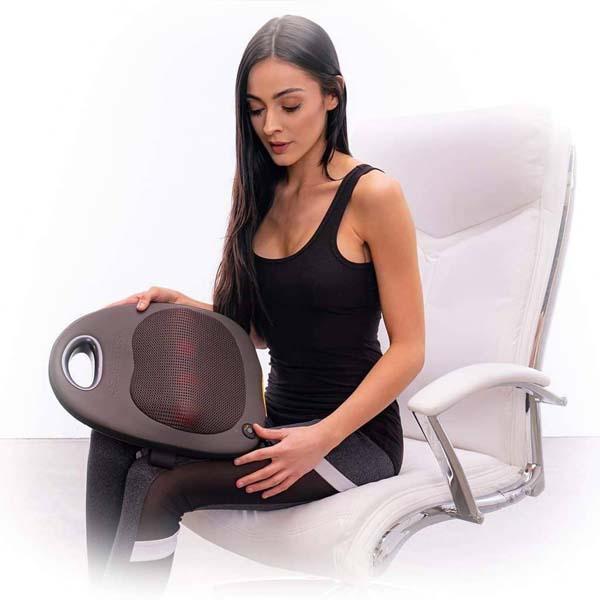Do you have shooting pain starting from your lower back down to your calf, foot, or even toes? Then you may need sciatica treatment. Sciatica typically affects the lower back, butt, leg, or foot, and the pain can be constant or come and go. Sciatica also usually only occurs on one side of the body and is usually a symptom of a pinched nerve. The nerve may be pinched in the spinal canal as it passes into the leg.
Symptoms of Sciatica
You may need sciatica treatment if you suffer from any of the following:
-
Constant pain in only one side of the buttock or leg
-
Extreme pain while sitting
-
Burning, tingling, searing leg pain
-
Weakness, tingling, numbness, and mobility issues with the affected leg, foot, or toes
-
Sharp pains that prevent you from standing up or walking
Understanding Sciatic Nerve Pain
Usually, the way people treat sciatic nerve pain is completely backwards! This is due to people not knowing that the sciatic nerve is a circuit. It leads through your rear, past your hamstring, and down through your ankle. If you are feeling sciatica pain on the right side of your body, you will need to massage and work on the opposite side. Applying pressure and tracing all the way down the leg, as well as other massage techniques, can help relieve pain. Never work on the same side where the sciatic nerve is; work on the opposite side.
Sciatica Pain Treatments
Listed below are some of the sciatica pain treatments that are primarily aimed at pain reduction:
Severe pain from sciatica may require different treatments, including professional medical intervention or surgery.
Massage/Physical Therapy
After a bit of sciatica pain relief, you may be eligible to have a rehabilitation plan designed by your doctor to help you strengthen your muscles and prevent future injuries or damage. This includes movements that will improve posture, strengthen back muscles, and promote flexibility. Deep tissue massage, an aggressive form of massage that uses slow strokes and deep finger pressure to release tension from muscles and connective tissues, has been found effective in treating low back pain, including sciatica, according to a 2014 clinical study.
You can receive massage treatment from a qualified massage therapist that will assist with sciatica symptoms in a cleansing day spa, a treatment room at a physical therapy clinic, or even in the comfort of your own home using massage tools that help with sciatica. Massage therapies help soothe sore and inflamed joints and muscles in ways that medication often cannot. Sciatica patients have reported lessened stress levels and better sleep when staying on a continuous massage schedule.
Massage therapists play a crucial role in providing specialized and targeted treatment for sciatica. Research suggests that massage affects your internal body balance by promoting beneficial blood pressure, heart rate, hormones, and other vital and immune system signals. A decrease in the stress hormone cortisol, a boost of serotonin production, and general mood improvement are just a few of the results of massage therapy in sciatica patients.
Seeing as a large percentage of pain is emotional, and the stress hormone cortisol is reduced, sciatica nerve pain levels are lowered when using massage therapy. You can receive massage chronic pain relief at a day spa, a therapeutic massage clinic, or at home. Please consult with your doctor or massage physician first to ensure massage is safe for you and your unique situation.
Hot and Cold Treatments
The most cost-effective way to treat arthritis symptoms is through heating and cooling treatments. Heat treatments relax tense muscles and cause more movement in deteriorating joints. Applying cold elements to chronic pain reduces joint inflammation, pain, and swelling that can develop through everyday activity in sciatica sufferers.
A way to effectively use these methods to assist your sciatica nerve pain is to use a variant of heat therapy (rice bag, water bottle, jade heating, etc.) before attempting physical therapy exercises. After exercising, applying cold therapy can reduce any swelling that can occur from the stress a few hours later. Alternating between hot and cold treatments can also stimulate blood flow and reduce muscle spasms.
Epidural Injections
An epidural injection provides lasting relief from sciatica pain or inflammation in your spine or limbs. The injection helps confirm the exact site of the pain. The epidural provides constant relief for more severe cases of sciatica. This treatment involves injecting a steroid medication directly into the epidural space of the spine, which can reduce inflammation and alleviate pain. Epidural injections are often used when other treatments have not provided sufficient relief.
Surgery
If you are maintaining a healthy lifestyle but your sciatica pain persists, you may have to have surgery for whatever level of sciatica you may have. Sciatica occurs when the sciatic nerve, which extends from the lower spinal cord and runs down through the back of the legs, is irritated. This irritation often results from issues in the lower lumbar and lumbosacral spine. All procedures have their positives and negatives, and it is important to discuss future options with your doctor based on your unique sciatica treatment to promote the most healing and relief. After consultation, a surgeon can remove the bone spur or herniated disk that’s causing the issue on the pinched nerve.
Common surgical procedures for sciatica include microdiscectomy, where a portion of the herniated disc pressing on the nerve is removed, and laminectomy, which involves removing part of the vertebra to relieve pressure on the nerve. Surgery is typically considered when conservative treatments have failed and the pain is severe or accompanied by significant functional impairment.
Alternative Medicine
Acupuncture, chiropractic care, and traditional massage therapy are all alternative medicine options. Be sure if you take the alternative medicine route to choose a licensed practitioner to ensure that he or she has extensive training.
-
Acupuncture: This ancient Chinese practice involves inserting thin needles into specific points on the body to relieve pain and promote healing. Some studies suggest that acupuncture can be effective in reducing sciatica pain.
-
Chiropractic Care: Chiropractors use spinal adjustments and manipulations to improve alignment and reduce nerve irritation. Many people with sciatica find relief through regular chiropractic treatments.
-
Herbal Remedies: Certain herbs and supplements, such as turmeric, ginger, and omega-3 fatty acids, have anti-inflammatory properties that may help reduce sciatica pain.
Lifestyle and Home Remedies
In addition to professional treatments, there are several lifestyle changes and home remedies that can help manage sciatica pain:
-
Regular Exercise: Engaging in low-impact exercises such as walking, swimming, and yoga can help keep your spine and muscles strong and flexible. Exercise also promotes the release of endorphins, which are natural pain relievers.
-
Proper Posture: Maintaining good posture while sitting, standing, and sleeping can reduce strain on your lower back and sciatic nerve. Use ergonomic chairs and mattresses to support your spine.
-
Healthy Diet: Eating a balanced diet rich in anti-inflammatory foods can help reduce pain and promote overall health. Include plenty of fruits, vegetables, whole grains, and lean proteins in your diet.
-
Weight Management: Maintaining a healthy weight can reduce pressure on your spine and lower back, which can help alleviate sciatica symptoms.
-
Stress Management: Stress can exacerbate pain, so it's important to practice stress-reducing techniques such as meditation, deep breathing exercises, and mindfulness.
Sciatica is a painful and often debilitating condition, but there are many treatment options available to help manage and reduce symptoms. From massage therapy and physical therapy to hot and cold treatments, epidural injections, and even surgery, there are various ways to address sciatica pain. Alternative medicine options like acupuncture and chiropractic care, along with lifestyle changes and home remedies, can also provide significant relief. Always consult with your healthcare provider to determine the best treatment plan for your specific situation. By taking a proactive approach to managing your sciatica, you can improve your quality of life and regain your mobility and comfort.

